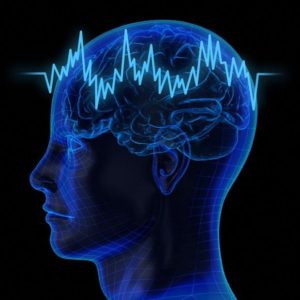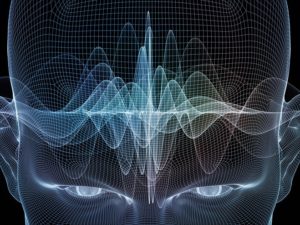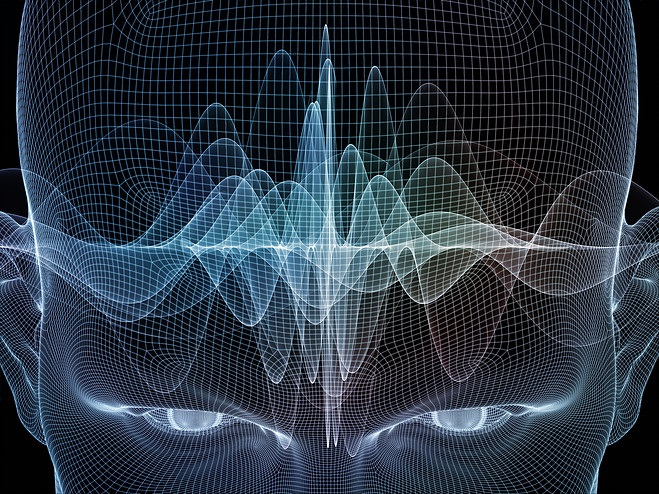
La Vibración, el Sonido y la Resonancia del Cuerpo Humano
 Todas las culturas ancestrales del mundo tienen una estrecha relación con la naturaleza y lo divino, la conexión con nuestro interior nos arraiga con esa sabiduría ancestral, logrando alimentar nuestra vitalidad, ayudándonos a re-conectar con nuestra conciencia y todo el universo.
Todas las culturas ancestrales del mundo tienen una estrecha relación con la naturaleza y lo divino, la conexión con nuestro interior nos arraiga con esa sabiduría ancestral, logrando alimentar nuestra vitalidad, ayudándonos a re-conectar con nuestra conciencia y todo el universo.
La vibración, el sonido y la resonancia del cuerpo humano con Cuencos Tibetanos de la tradición Bön Po de Tíbet, es un claro ejemplo de ello a través de sus logros espirituales.
La meditación, la vibración y el sonido influye en la materia y en el proceso de curación de diversas maneras:
Armoniza la función celular mediante efectos energéticos; hace que los sistemas biológicos funcionen con más homeóstasis; calma la mente y con ello el cuerpo, tiene efectos emocionales que influyen en los neurotransmisores y los neuropéptidos, que a su vez ayudan a regular el sistema inmunológico.
“El vínculo emocional que crea la música es un medio de comunicación tan universal como el lenguaje.”
Por ejemplo: En el quinto mes de gestación, el sistema auditivo ya está prácticamente formado.
Aprendemos a escuchar antes de ver, oler y tocar por primera vez, cuando aún estamos en el vientre materno recibiendo los estímulos internos y externos a través de los sonidos que llegan hasta la placenta.
Al nacer, identificamos la voz de nuestra madre, uno de los primeros sonidos “sagrados” que nos puede proporcionar tranquilidad, serenidad y equilibrio a través de los susurros y/o cantos.
La voz y el canto también son música, una música totalmente personalizada y única.
La voz es nuestro instrumento personal natural, el más antiguo que existe y posiblemente el primero que el hombre utilizó. Difícilmente existen dos voces similares, quizás con la misma probabilidad de que dos personas tengan las mismas huellas dactilares o la misma tipología del iris.
Qué cosas tienen en común la música y lenguaje?
Hay una relación directa de la música y el lenguaje.
Los resultados de recientes investigaciones, nos dicen que son las mismas estructuras cerebrales que se activan con la música y el lenguaje.
Darwin nos ayudo en el papel de la música aportando: “La música parece ser una parte intermedia anterior al lenguaje y al pensamiento”.
La música favorece en un nivel cognitivo.
Ayuda a la activación cerebral al momento de interpretar un instrumento focalizando en la atención.
La corteza cerebral contiene muchos mapas conocidos como “Tonotópicos” que hacen referencia a una gran diversidad de frecuencias auditivas.

wave elements to serve as a supporting backdrop for projects on mind reason thought mental powers and mystic consciousness
Cada mapa representa algo parecido a una frecuencia de radio antigua, con bajas frecuencias en un extremo y altas en el otro. Estos mapas se componen en la corteza como si fueran piezas de un rompecabezas en la parte superior de los lóbulos temporales del cerebro.
Al escuchar las melodías a diferentes frecuencias, las partes de los mapas “sintonizados” a dichas frecuencias se activan. Pero no solo al escuchar música se activan esas áreas; con solo prestar atención a lo que querían escuchar, las zonas relacionadas con estos mapas tonotópicos se iluminaban en el escáner de los voluntarios, así como otro montón de neuronas de la parte del córtex donde la información musical es procesada.
Los resultados han sido publicados en el Jounal of Neuroscience.
Otro gran ejemplo
El corazón es un músculo fundamental que bombea sangre para que el cuerpo funcione y oxigene al cerebro, el resultado es una relación rítmica de la mente a través de las ondas cerebrales con la sincronía del latido del corazón del cuerpo humano.
Los Bön Po de Tíbet
 Los cuencos tibetanos artesanales y tradicionales que implementa la escuela en meditaciones, sesiones particulares, seminarios y experiencias vivenciales como es
Los cuencos tibetanos artesanales y tradicionales que implementa la escuela en meditaciones, sesiones particulares, seminarios y experiencias vivenciales como es
Aprendiendo a Sentir, están hechos artesanalmente con una aleación precisa de siete metales: oro, plata, mercurio, cobre, hierro, estaño y plomo; cada metal guarda relación con un cuerpo celeste; y cada cuenco tibetano tiene un sonido particular.
El Masaje Vibracional (MV) de los cuencos tibetanos ayuda a la activación de los centros de la memoria, hipocampo, amígdala, corteza cerebral y de escucha más los centros auditivos y corteza frontal, produciendo una fuerte activación emocional.
Esto puede variar dependiendo de la diferencia entre personas con o sin formación musical.
Resultados
Pacientes con no formación musical: Tienden más a la interpretación emocional.
Con formación en teoría musical:
Analizan, ya no surge la incitación emocional / experiencia más racional.
“El Arte de Sanar a través del Sonido”
Andrés Pérez Dorantes – Spiritual Name: Dashi Gautama Instructed in: Engineering in audio systems and professional lighting. Ing. Javier Posada M. (Acoustic and Electronic Audio – Mexico) Certification: CDMX 2014 Ing. Fernando Guzman SSL (Solid State Logic Sound – Vision) Certification: CDMX 2015 Artistic activity: Professional DJ, creative, and musical producer. Music grammar training Prof. Claudio Selleng – Traditional Massages Palma de Mallorca. Tibetan bowls of the Bön Po tradition of Tibet. “The Art of Healing through Sound” Jim Doney – Pythagorean Harp (Kanon) Resonance of the Resonance (M.F.A.) California Institude of the Arts. Henrik Jespersen – Zen Flute – Arhus Royal Academy of Music (Copenhagen – Denmark)
